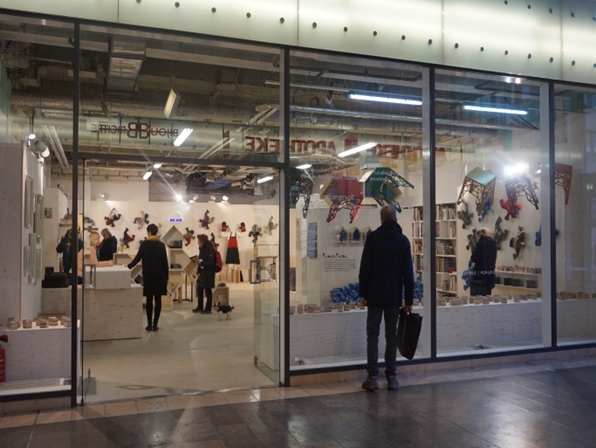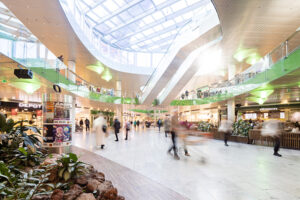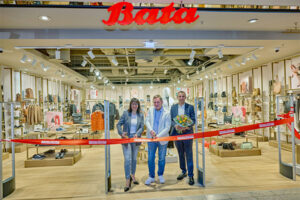A shopping center is always an important component and impulse generator for a (local) catchment area. According to André Stromeyer and Anita Stampfl, it is precisely in those local catchment areas that the decisive point lies. Never before has it been so important to engage with local communities in their respective catchment areas. In this regard, we are talking about associations, initiatives, charitable organizations, clubs, etc. After all, those are the groups that maintain very close ties with their members, fans, and followers and, therefore, act as extremely credible multipliers. What could be better for a center than for such communities to meet – ideally on a regular basis – at the shopping center and build close, emotional bonds with the property? To put it in another way: While events used to serve as a means of entertaining the broadest possible target group, today they serve as marketing tools to address clearly defined groups of people and communities.
Hamburg-based HBB was quick to recognize that and has increasingly focused on such event formats. When asked why HBB works in such a manner, Stromeyer cites the following main reason: The center does not function as a simple “salesroom”; instead, the societal/social aspect is the central point. A center acts as a “social marketplace” for people from a given catchment area, and that ultimately has a very positive effect on the image of and commitment to the location. Of course, such event formats are also designed to appeal to as many people as possible, thereby positively influencing customer footfall inside the building, adds Stampfl.
Something else has caught the eye of the retail experts: As a result of the coronavirus pandemic, in particular, many people now have a different attitude when it comes to the topic of “consumption” – and are even critical of the term. The “search for meaning” in one’s own actions is an issue for many customers, be it in terms of shopping or in the content offered at various events.
When asked about the organizational effort involved in such concepts, Stromeyer has a very clear picture: “The effort involved is generally very high. Bureaucratic hurdles often have to be overcome; then again, the voluntary nature of the association and community members creates a degree of uncertainty with regard to the professionalism and consistency in the implementation of the event. Ultimately, center management is responsible for coordinating all of those aspects and making the best of them.” In the end, according to Stromeyer, the positive aspects far outweigh the negative: “Involving numerous people from the catchment area results in emotional attachments to the location, and that, in turn, ideally leads to as many repeated visits as possible, from which the store partners benefit commercially.”
In terms of technical communication, HBB has also identified a special feature: When it comes to well-done “community events”, the responsibility for communication does not solely lie with the center. The clubs themselves usually actively help with communication efforts by means of their own media contacts, which is a win-win situation, as Stampfl explains.
However, she does not conceal the fact that there are often budgetary considerations in terms of why one dedicates oneself to the topic of “community events”. Apart from the high organizational expenditure, the “budget burden” is often lower. As a result, more activities can be offered at the center over the course of a year. Ultimately, as with many other topics, it is the mix that makes things successful: “A sequence of well-placed and well-designed community events and correctly placed classic concepts really rounds off the annual event mix,” Stromeyer concludes.
How social events works – A few examples
HBB is specialized in community event marketing and, in cooperation with local initiatives, provides events that are tailored to their centers’ specific environments. Some examples include:
Social pop-up – Forum Schwanthaler Höhe
In April 2022, a social pop-up took place at FORUM Schwanthalerhöhe in Munich. The event was conducted in cooperation with wirhelfen.eu – a central point of contact for assistance and help offerings in Germany. Participants were almost exclusively non-profit organizations and artists from the surrounding Westend neighborhood. They included the entire range of local aid offers, such as the city library, featuring its read-aloud workshops for children, the “Green City” mobility campaign, and the Aktion Knochenmarkspende foundation. The success spoke for itself – so much so that a month later, another event took place in cooperation with a manufacturer of interactive gaming walls and the private charity organization civilreliefmunich. “While children spent time enjoying themselves on the game walls, donations were collected for Ukraine and host families were arranged,” says Stampfl.
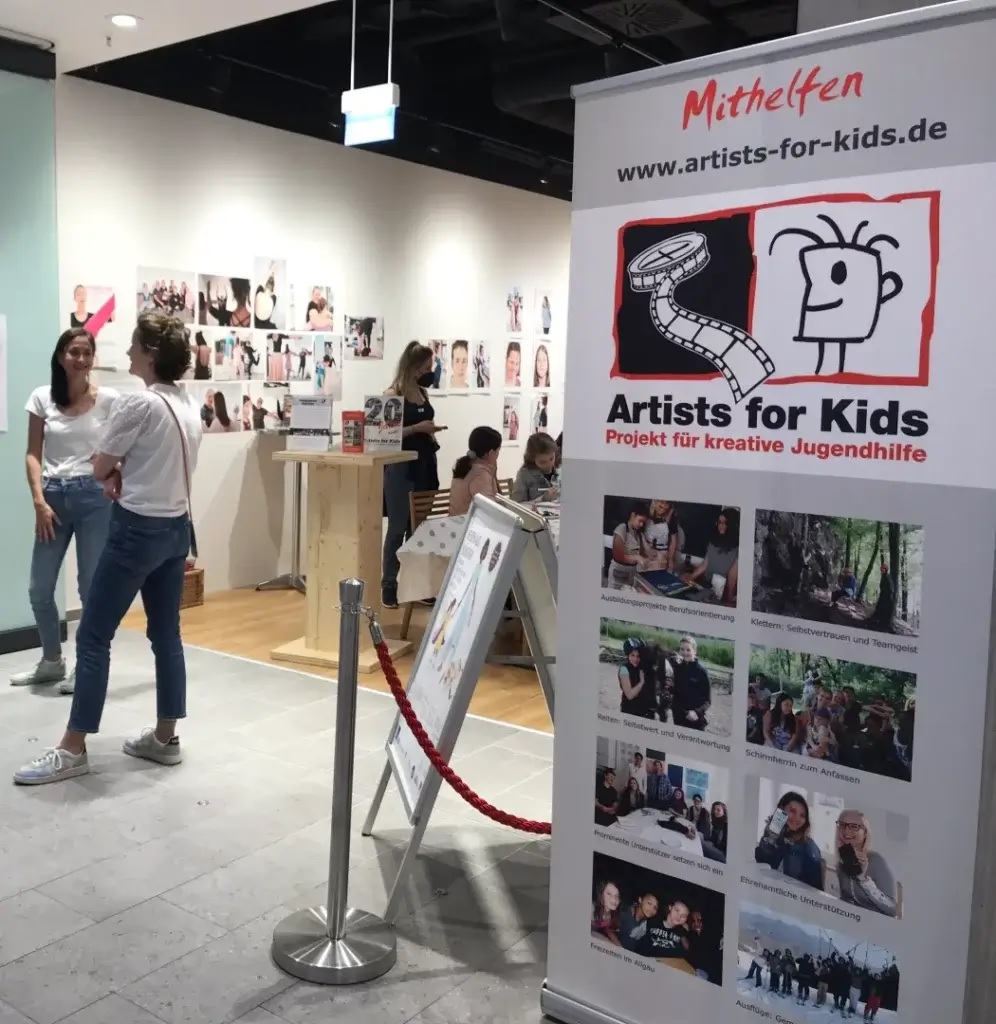
“Tatkraft” – Forum Hanau
The pop-up store “Tatkraft” in Hanau was a collaboration between the regional trade association, the Federal Employment Agency, Hanau Economic Development, and Hanau Marketing GmbH. There were various stations at which interested people could learn about the world of handicrafts and try out their talents. The aim was to inform interested parties about career opportunities in the skilled trades. In addition, the German Armed Forces were also present as an employer. The event appealed to many young people in a non-stereotypical way and offered a fun, relaxing atmosphere in which career prospects could be explained to them.
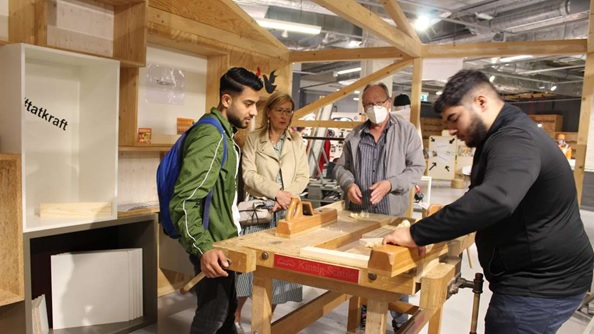
“KRONENKREUZ” – City Hall Gallery (Rathausgalerie) Essen
The shopping center made its pop-up store “KRONENKREUZ”, a brand that belongs to NEUEN ARBEIT of Diakonie gGmbH Essen, available for a long period of time. At KRONENKREUZ, long-term unemployed people designed high-quality products together with a multi-professional team of artists. That collaboration enabled people to participate in society through meaningful employment. Creations included furniture made from recycled materials, notepads based on paper waste, as well as bags and textiles made from jeans. The KRONENKREUZ initiative and its pop-up store served to counteract the disposable society trend through the utilization of previously used materials; it also supported the long-term unemployed.
